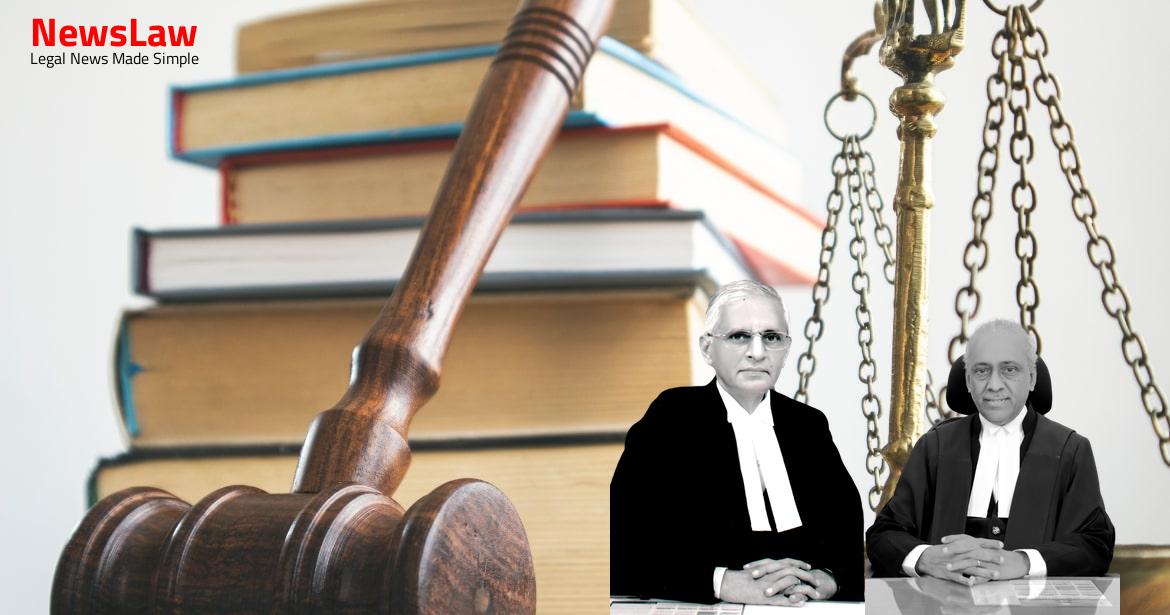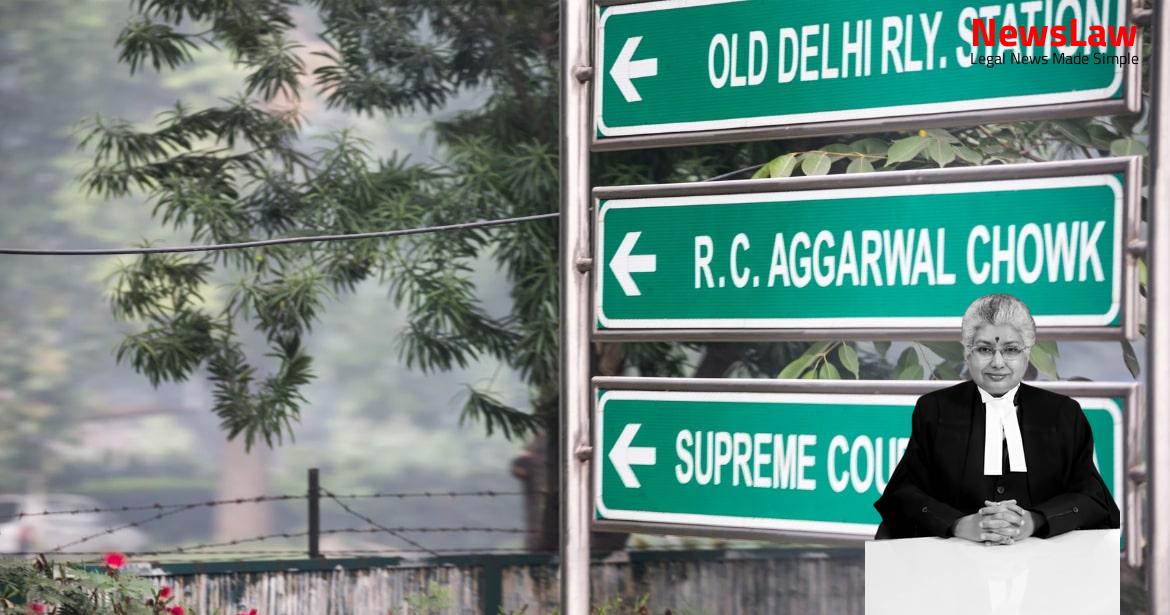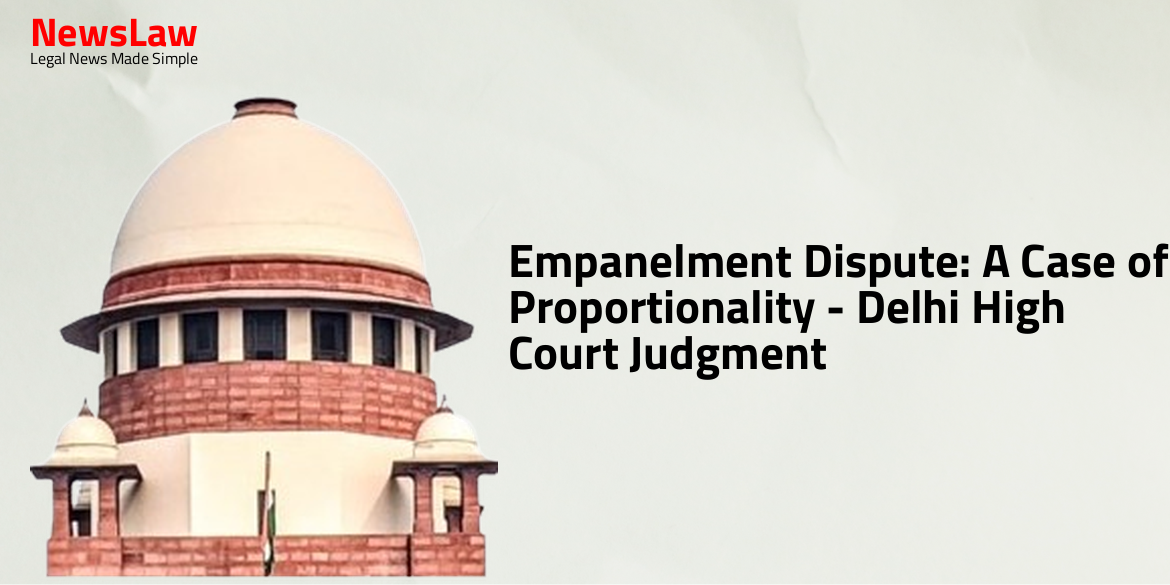Explore the in-depth legal analysis conducted by the court on Excise Duty Valuation Rules, emphasizing the interpretation and application of Section 4(1)(a) and (b). The judgement provides crucial insights into the determination of ‘transaction value’ and the alignment with changes in the levy of excise duty introduced by the Amendment Act of 2000.
Facts
- The assessees contended that the normal pricing method should be adopted for clearances made before 01.07.2000.
- For clearances made after 01.07.2000, the transaction value had to be determined for each transaction.
- The Adjudicating Authority confirmed the demand of duty for certain units based on evidence of undervaluation.
- Several appeals were filed by both the assessees and the Revenue challenging the differential duty, interest, penalty, and confiscation.
- The CESTAT allowed some appeals filed by the assessees and remanded the matters for re-quantification of duty.
- The CESTAT rejected appeals filed by the Revenue against confiscation and upheld the demands in certain cases.
- The evidence of undervaluation was found to be unassailable by the Adjudicating Authority.
- The CESTAT emphasized the need for concrete evidence of undervaluation in each transaction.
- Retractions of statements made by witnesses at belated stages were not considered acceptable by the CESTAT.
- The CESTAT remanded several cases back to the Adjudicating Authority for fresh consideration.
- Out of 25 dealers, only 3 had recorded statements, one of which incriminated the assessee but was later retracted.
- Evasion of Central Excise duty to an extent of 67% was proved based on corroborated entries in slips.
- Adjudicating Authority was not barred from requisitioning bank statements based on the Bankers’ Book Evidence Act, 1891.
- Show cause notice was held not barred by limitation.
- Finding of duty evasion could not be universally applied and lacked preponderance of probability due to potential arbitrariness.
- Quantification of duty based on a formula from slips was deemed impermissible; duty had to be calculated for each removal per Section 4 of the Act.
- Undervaluation was proven, making Section 4(1)(a) inapplicable and assessable value to be determined under Rule 11 of the Central Excise Valuation Rules, 2000.
- Commissioner of Central Excise (Appeals) upheld evidence of undervaluation but restricted demand to transactions with 20 customers from whom evidence was gathered.
- For transactions pre-01.07.2000, normal price included invoice price plus cash collected, while post-01.07.2000, transaction value equaled invoice plus cash collected.
Also Read: Jurisdictional Analysis in Transfer Petition
Analysis
- Cases falling under Section 4(1)(b) should apply the valuation as per the 1975 Rules if the three conditions under Section 4(1)(a) are met.
- The Adjudicating Authority must determine if there is a sale and if it satisfies the three conditions under Section 4(1)(a) before applying transaction value.
- If the three conditions under Section 4(1)(a) are not met, the case falls under Section 4(1)(b) and valuation should be done as per the Central Excise Valuation (Determination of Price of Excisable Goods) Rules, 2000.
- The value of excisable goods under Section 4(1)(a) post-amendment should be the ‘transaction value’ as defined in Section 4(3)(d).
- In cases not covered by Section 4(1)(a), valuation should be done as per the 2000 Rules issued by the Central Government.
- The Adjudicating Authority should ascertain the specific rule applicable among the 1975 or 2000 Rules for cases falling under Section 4(1)(b).
- The price-cum-duty of excisable goods sold by the assessee shall be the price which includes the duty payable on such goods if the goods are generally not sold in wholesale trade except to or through a related person.
- If a tariff value has been fixed for excisable goods under Section 3(2), the provisions of this section do not apply.
- Definition of ‘assesee’, ‘related person’, and ‘place of removal’ provided.
- Explanation on how normal price is determined for goods sold in wholesale trade.
- The concept of ‘time of removal’ and ‘wholesale trade’ is explained.
- Value of excisable goods includes packing cost but excludes duty and trade discount.
- The Constitution bench answered the question regarding the definition of ‘transaction value’ in Section 4(3)(d) brought into force by the Amendment Act, 2000.
- The bench specified that the ‘transaction value’ includes additions to the ‘normal price’ as permissible in the Bombay Tyre International Ltd. case.
- The amendments in the definition of ‘transaction value’ also align with the changes in the levy of excise introduced in Section 3 of the Act by the Amendment of 2000.
Also Read: Legal Analysis of Alleged Emission Cheating Scandal
Decision
- Adjudicating Authorities to conduct hearings for cases more than a decade old
- Afford adequate opportunities to the parties
- Pass orders in respect of cases arising after the amendment
- Principle to be followed for cases more than a decade old
Also Read: Authority of University Syndicate in Affiliation Matters
Case Title: THE COMMISSIONER OF CENTRAL EXCISE, CUSTOMS AND SERVICE TAX, CALICUT Vs. M/S. CERA BOARD AND DOORS, KANNUR, KERALA (2020 INSC 495)
Case Number: C.A. No.-007240-007248 / 2009



